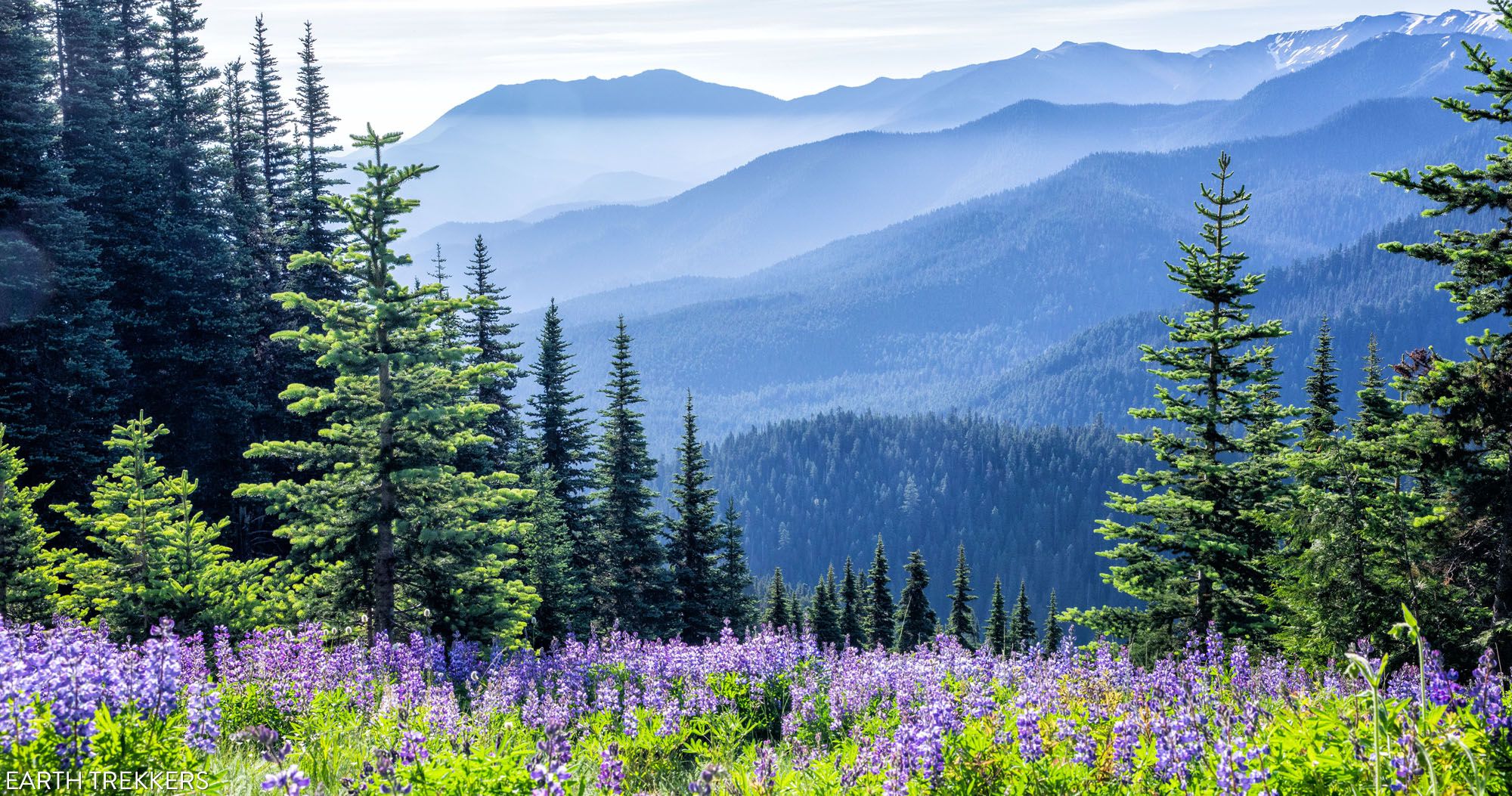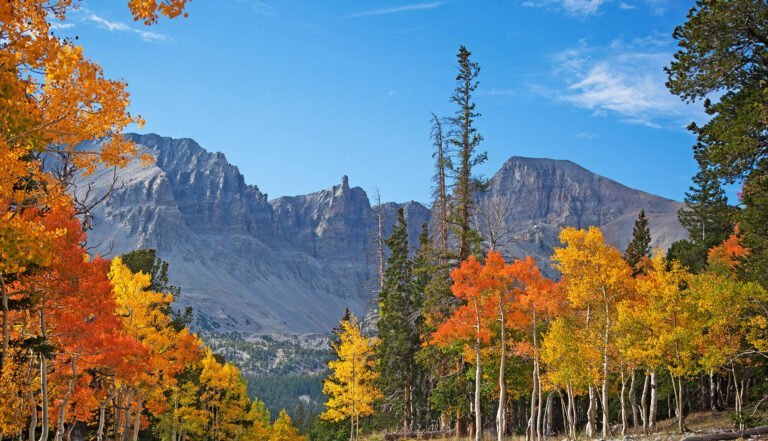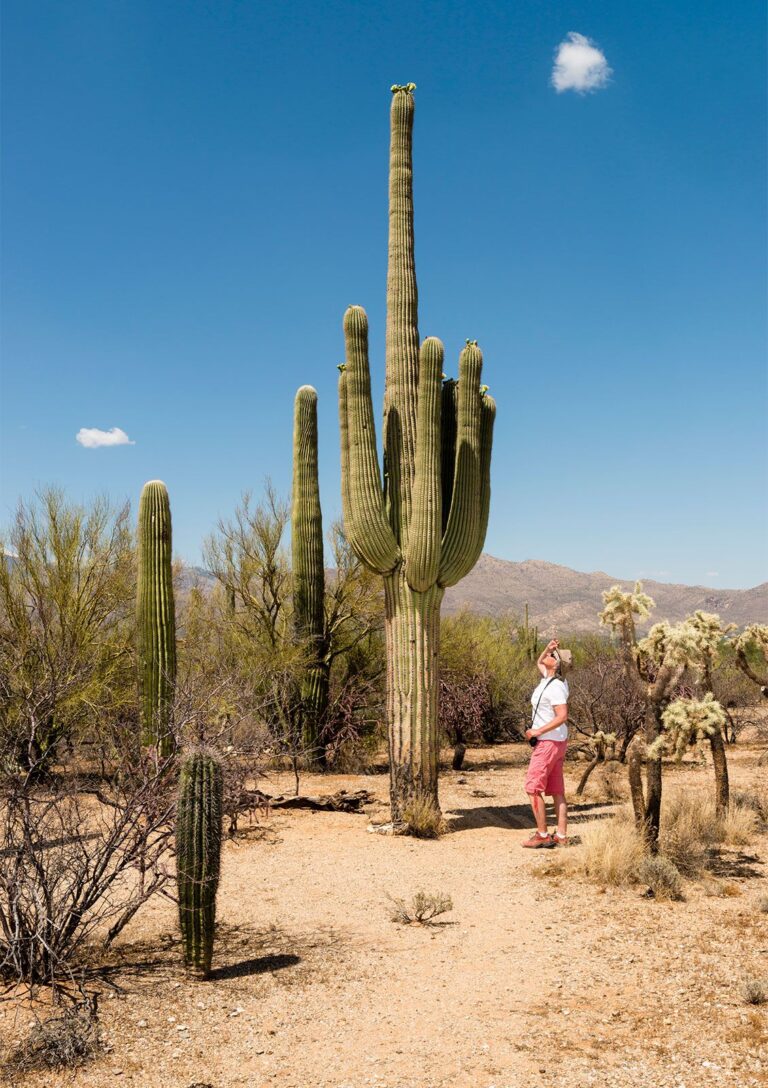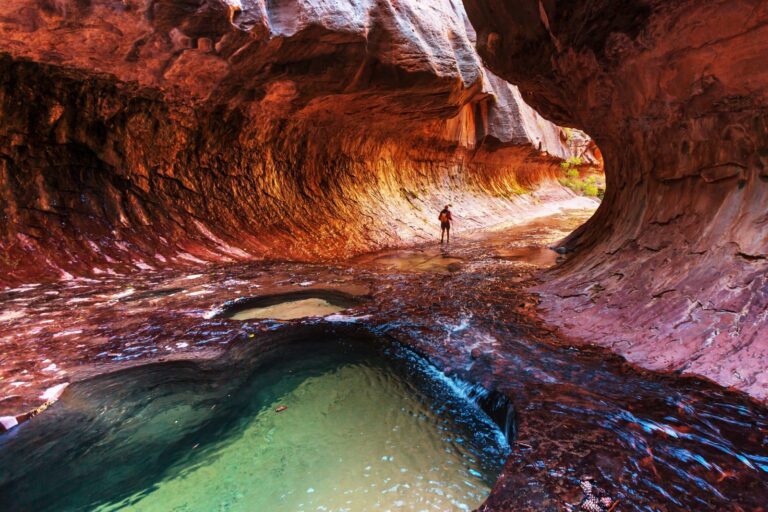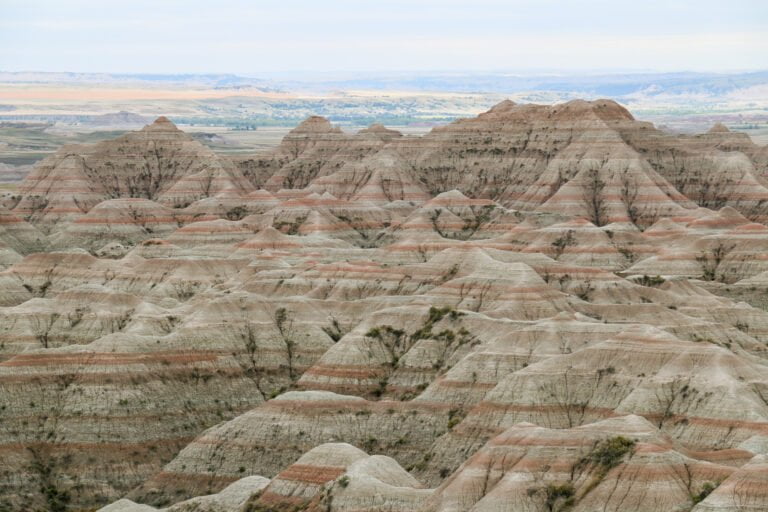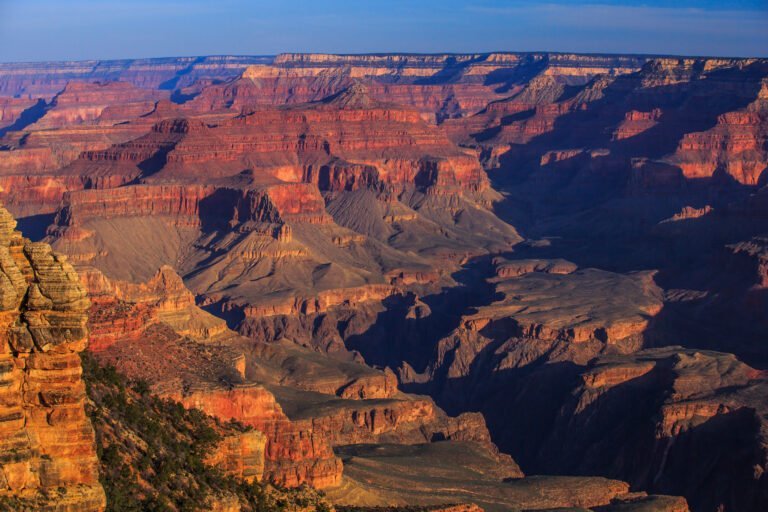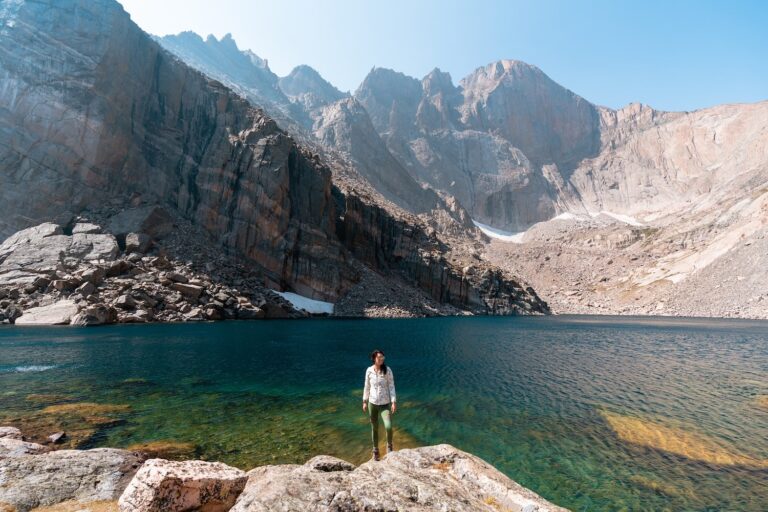Olympic National Park
Nestled in the heart of the Pacific Northwest, Olympic National Park stands as a testament to the natural beauty and diversity of the region. With a history dating back to 1938, this expansive park covers 922,651 acres and draws in an annual influx of 2.72 million visitors. From stunning landscapes to unique wildlife, let’s dive into the captivating features and essential information about Olympic Park.
Introduction
Olympic National Park is a testament to the Pacific Northwest’s rich natural diversity. Encompassing a staggering 922,651 acres, the park has captivated nature enthusiasts, hikers, and wildlife aficionados since its establishment in 1938.
Firearms Information in Olympic National Park
As of February 22, 2010, federal law permits individuals who are legally allowed to possess firearms under applicable federal, state, and local regulations to carry them within Olympic National Park. However, visitors must ensure they are well-versed in and compliant with all relevant firearms laws. The park encourages a thorough understanding of state, local, and federal regulations before carrying firearms within its boundaries.
Hunting in Olympic National Park
While hunting is prohibited within the Olympic Park itself, hunting enthusiasts can explore the nearby Olympic National Forest for their hunting activities. This neighboring forest provides backcountry hunting opportunities while ensuring minimal disturbance to the local ecosystem.
Hunting regulations for the Olympic National Forest fall under the jurisdiction of Washington State. To stay up-to-date with the latest hunting information, individuals can refer to the Washington Department of Fish and Wildlife.
The Ecological Wonders of Olympic National Park
Olympic National Park boasts an astonishing range of ecosystems, from icy glaciers to warm coastal tidal pools. This biodiverse haven is home to the Pacific Northwest’s last great rainforests, where an average annual precipitation of 12 feet nurtures 140 species of ferns, mosses, and lichens.
Within the wild woodlands of the park, diverse animals thrive, including salamanders, banana slugs, snails, Roosevelt elk, and the critically endangered northern spotted owl. The park’s 600 miles of trails are a paradise for hikers, and beachgoers often spot harbor seals, sea lions, and humpback whales, adding to the enchanting tapestry of the park’s natural wonders.
The Elwha River Restoration Project
The Elwha River, a prominent feature of Olympic Park, has undergone a significant transformation over the years. The construction of hydroelectric dams in the early 1900s brought electricity to the region but disrupted the river’s ecosystem, preventing salmon from migrating upstream and causing sediment flow disruptions.
In 2014, the monumental Elwha River dam removal project began, heralding the largest dam removal endeavor in history. Since then, five species of salmon and three species of trout have been reintroduced to the river. To better understand fish movement, individuals can participate in the Adopt-A-Fish radio tracking project, contributing to the restoration of this vital waterway.
Best Time to Visit
For those seeking an optimal experience, the months of June to September offer the best time to explore Olympic National Park. During these months, visitors can revel in comfortable weather and fully immerse themselves in the park’s natural beauty.
Visitor Fees
To access the wonders of Olympic Park, visitors can choose from several fee options:
- $15.00 per person/cyclist (valid for up to 7 days)
- $30.00 per vehicle (valid for up to 7 days)
- $25.00 per motorcycle (valid for up to 7 days)
- $55.00 for the Olympic National Park Annual Pass
The Annual Pass provides year-round access to the park from the month of purchase. It can be acquired at visitor centers and entrance stations within Olympic National Park.
Explore with the Olympic National Park Annual Pass
For those planning to explore multiple national parks, the America The Beautiful Annual Park Pass offers an excellent opportunity. Priced at $80, this pass grants access to all U.S. National Parks, making it a fantastic choice for nature enthusiasts.
Visitor Centers
Olympic National Park is well-equipped with visitor centers to enhance the visitor experience. These centers provide information, guidance, and support during your park exploration:
- Olympic National Park Visitor Center
- Address: 3002 Mount Angeles Road, Port Angeles, WA 98362
- Phone Number: (360) 565-3130
- Hours of Operation: Daily 9:00 AM–4:00 PM
- Port Angeles Wilderness Information Center
- Address: 3002 Mount Angeles Road, Port Angeles, WA 98362
- Phone Number: (360) 565-3100
- Hours of Operation: Daily 9:00 AM–4:00 PM
- Hoh Rain Forest Visitor Center
- Address: Approximately 31 miles south of Forks off Highway 101, 18113 Upper Hoh Rd., Forks, WA 98331
- Phone Number: (360) 565-3000
- Hours of Operation (October Hours): Daily 9:00 AM–5:00 PM
Conclusion
Olympic National Park beckons with its awe-inspiring landscapes, rich ecosystems, and transformative conservation efforts. Whether you’re drawn by the allure of its hiking trails, the chance to observe unique wildlife, or the opportunity to contribute to restoration projects, this national park offers an unforgettable experience. Embrace the magic of the Pacific Northwest as you explore the wonders of Olympic National Park.
FAQs
1. Can I carry firearms in Olympic National Park?
Yes, according to federal law, visitors legally allowed to possess firearms can do so within Olympic National Park, provided they adhere to applicable federal, state, and local regulations.
2. Is hunting allowed within Olympic National Park?
Hunting is prohibited within Olympic National Park itself, but enthusiasts can engage in hunting activities in the nearby Olympic National Forest.
3. What is the Elwha River Restoration Project?
The Elwha River Restoration Project is a significant undertaking to restore the Elwha River’s ecosystem by removing dams and reintroducing fish species to the river.
4. When is the best time to visit Olympic National Park?
The best time to visit is between June and September, offering pleasant weather and optimal conditions for exploration.
5. What is the America The Beautiful Annual Park Pass?
The America The Beautiful Annual Park Pass grants access to all U.S. National Parks for a fee, making it an excellent choice for those planning to explore multiple parks.
6. Where is the Olympic National Park?
Olympic National Park is located on the Olympic Peninsula in northwest Washington State. The park extends from the Pacific Coast to the Olympic Mountains.
7. Where to stay in Olympic National Park?
Popular places to stay in the Olympics include the Kalaloch Lodge inside the park, towns like Port Angeles and Forks near the entrances, and camping in park campgrounds.
8. Are dogs allowed in Olympic National Park?
Yes, dogs are allowed in Olympic National Park but must be on a leash no longer than 6 feet at all times. Dogs are prohibited on certain trails and backcountry areas.
9. How far from Seattle to the Olympic National Park?
Olympic National Park is approximately a 3 to 4-hour drive from Seattle, depending on your destination in the park. The park entrances range from 60 to 90 miles from Seattle by car.
